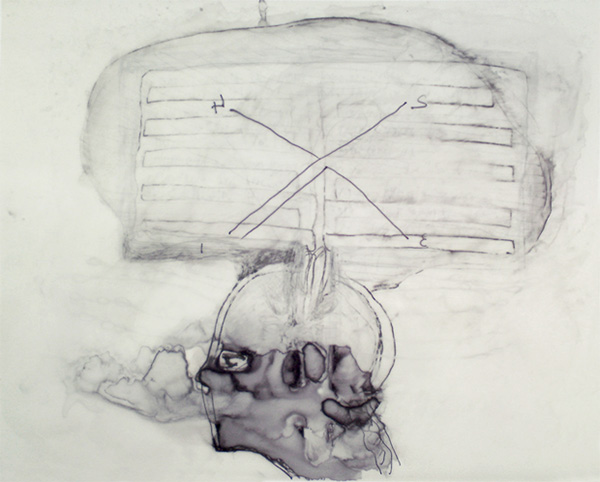
Thoughts on Artist Books and my early days of Animation.
I’ve been revisiting Question of Practice, a handmade artist book created during a transitional period when I began exploring time-based media and the performative nature of the moving image—particularly stop-frame animation.
My background in drawing had always aligned with gallery standards, where artwork is framed. Yet, I found myself frustrated by the constraints of the frame, especially the expectation that “it must be white,” a lingering convention from a 1960s art movement in Cornwall.

My turning point came when I photographed a drawing in stages for an artist book and saw it move through time.
This led me to stop-frame animation, a way to “de-frame” an image and bring it closer to the viewer.
Books became my first tool for this—portable, intimate, and interactive. Turning a page creates movement, and each spread invites dialogue between images.
Mapping my evolving practice, Question of Practice became both a record and a guidebook—an exploration of thought, imagery, and artistic influences.
Like a map, it charts interconnected ideas, dead ends, and new possibilities. It doesn’t dictate a single path but invites discovery.
In my animation work, projection became a critical question. I wanted animation off the computer screen and into physical space.
Inspired by George Quasha and Charles Stein’s essay on projection as a “great happening”, I saw projection not just as display but as an active space of transformation—an interplay between surface, viewer, and reality.
My animations don’t follow a traditional narrative but loop continuously, reflecting nature’s cyclic patterns. They exist within objects, installations, and bodies—holding a presence that transcends linear storytelling. Through this process, I’ve come to see drawings not as static images but as living entities, existing within the liminal space between stillness and movement.
